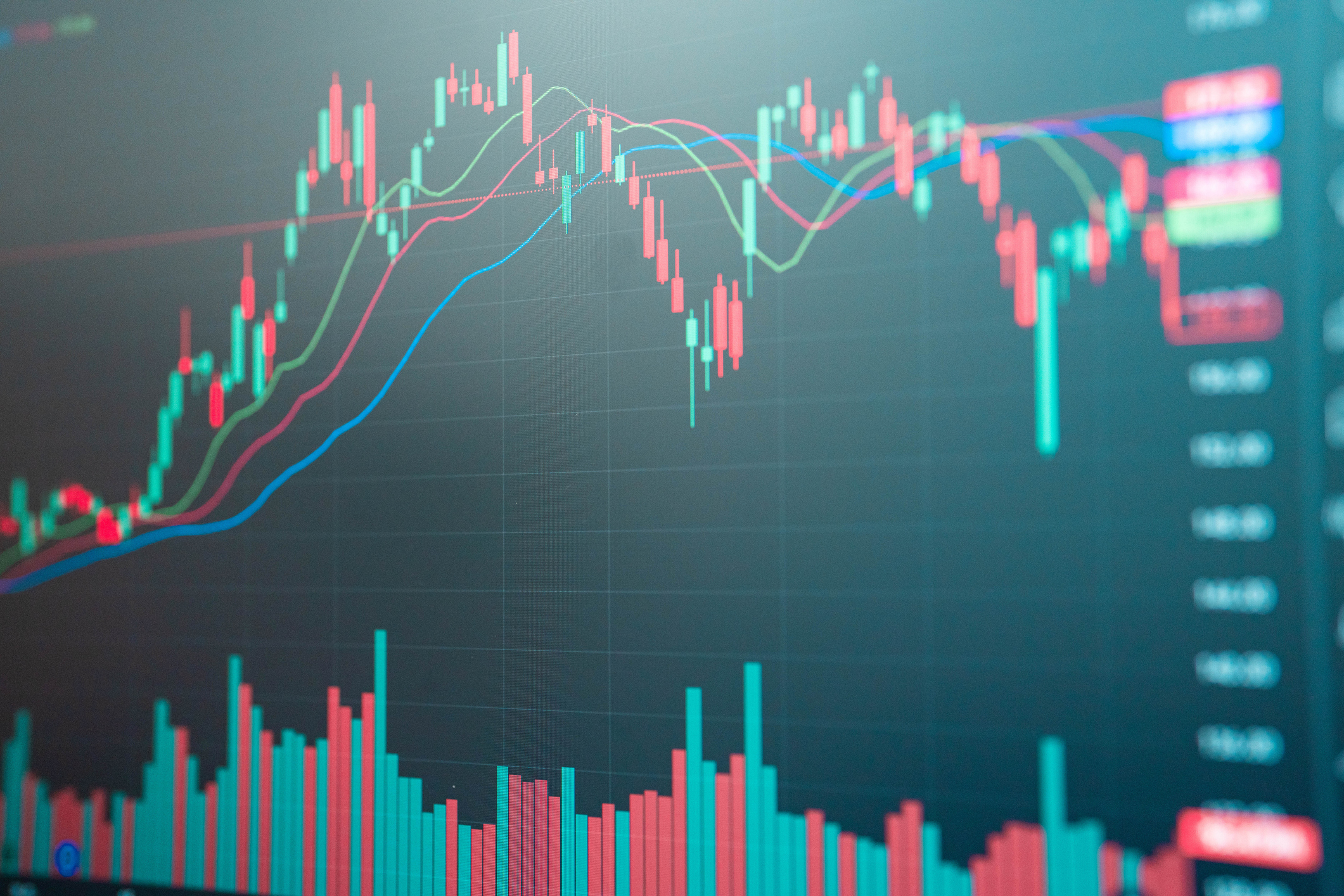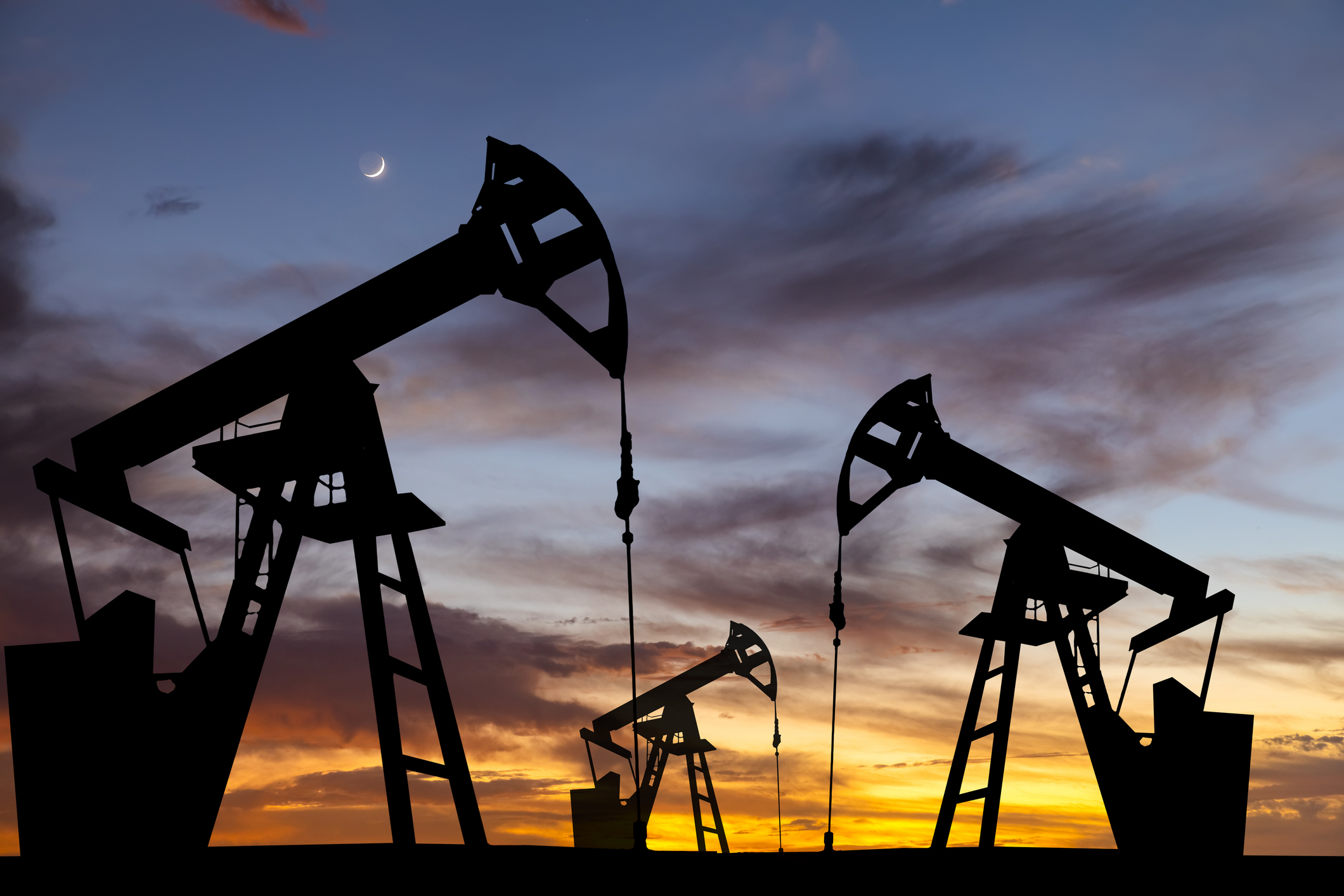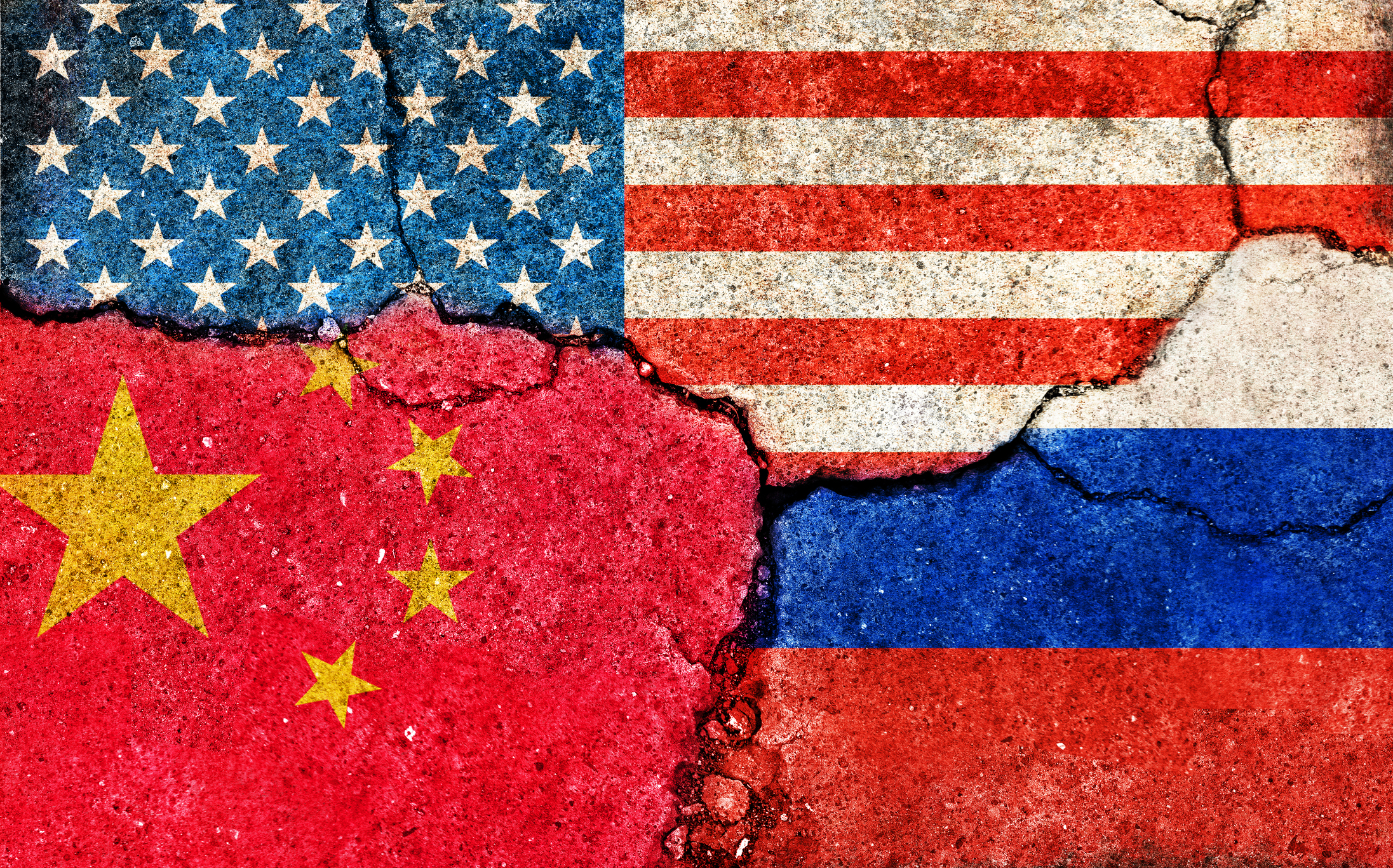Lower Oil Prices on the Horizon
More crude produced in the U.S. and lower demand for it both here and overseas spell relief for consumers.

After nearly a decade of unrelenting gains, oil prices are poised for a drop. New sources of supply and slowing demand both at home and abroad will combine to push prices down by 20% to 30% by 2016.
The plunge will also lower gasoline prices, to around $3 a gallon, on average — a welcome break for motorists, who will be able to spend the money they save at the pumps on other purchases, helping to boost the economy.
To appreciate just how significant the coming downshift will be, consider the recent history of oil prices:

Sign up for Kiplinger’s Free E-Newsletters
Profit and prosper with the best of expert advice on investing, taxes, retirement, personal finance and more - straight to your e-mail.
Profit and prosper with the best of expert advice - straight to your e-mail.
In 2002, crude oil in the U.S. averaged $26 per barrel, fairly close to the low prices that prevailed for much of the 1980s and 1990s. But by 2008, crude had nearly quadrupled, to $100 per barrel, because of surging demand from China and other fast-growing countries, along with waning domestic oil output. The recession that hit the U.S. economy that year brought a sharp drop, but only briefly. Prices have averaged about $95 per barrel since 2011.
But now, the factors behind the bull oil market are reversing. Expensive gasoline has convinced many consumers to trade in SUVs for fuel-sipping alternatives, and automakers are scrambling to boost the fuel economy of every model they sell. At the same time, high prices have unleashed a surge of new exploration and drilling by energy firms eager to cash in on expensive oil. As a result, U.S. oil consumption is off 11% from its peak, while output has rebounded by 30% in just four years.
Similar shifts are happening abroad. Oil demand in emerging markets is easing, after a decade of torrid growth. Fuel subsidies meant to spur newly middle-class consumers to buy their first automobiles are being pared back as China and other fast-growing nations look to cut costs and air pollution. Wealthy Middle Eastern countries are building power plants that run on natural gas, to lessen the need to burn oil for electricity during the region’s scorching summers. In Europe and Japan, weak economies and stringent environmental policies figure to keep oil demand stagnant at best. Meanwhile, output is surging from Canada to Iraq to deepwater fields off the coasts of Africa.
That combination of mounting supply and cooling demand spells “a new era of lower energy prices,” according to veteran energy analyst Phil Flynn of commodities brokerage PRICE Futures Group. Although a decade of rising prices convinced many traders and energy analysts that oil will trade ever higher, he sees a major correction in the works. “This is very typical” of the boom-and-bust cycles that commodities go through, Flynn says, adding that “peak oil” — the theory that dwindling oil supplies inevitably mean higher prices — dates back to the 19th century, when whale oil was a key commodity.
Michael Lynch, of Massachusetts-based Strategic Energy and Economic Research, sees much the same scenario unfolding. He compares today’s oil markets to those of the late 1970s, when a similar era of high prices caused by OPEC oil embargoes led to the pessimistic assumption that oil would remain painfully expensive forever. But then as now, high prices prompted conservation and new drilling, and by the early 1980s the price of oil had collapsed.
And unlike in the 1980s, new technologies are enabling a wide range of alternatives to oil as a transportation fuel. In particular, freight shippers are looking to natural gas as a cheaper way to move cargo by truck, rail or water. The surge of gas production enabled by hydraulic fracturing and other drilling techniques has made natural gas in the U.S. cheap and abundant, and shippers are eager to cash in. Glen Kedzie, vice president and environmental affairs counsel at the American Trucking Associations, says trucking firms in particular are making big investments in rigs that run on liquefied or compressed natural gas instead of diesel fuel, and truck manufacturers are rushing to offer new models. Expect to see similar trends in freight rail and ocean shipping take significant bites out of future oil demand, too.
The increasing reliance on natural gas instead of oil figures to give natural gas prices a boost in coming years, much to the dismay of consumers and businesses that have got accustomed to cheap and abundant natural gas for everything for home heating to making plastics. But with oil prices at painfully high levels and gas so affordable, that was bound to happen eventually. And the rise in gas figures to be more moderate than the accompanying decline in oil, spelling a net gain for the economy. After a long period of imbalance in the energy world, says Flynn, “things are going to get more into whack.”
Get Kiplinger Today newsletter — free
Profit and prosper with the best of Kiplinger's advice on investing, taxes, retirement, personal finance and much more. Delivered daily. Enter your email in the box and click Sign Me Up.

Jim joined Kiplinger in December 2010, covering energy and commodities markets, autos, environment and sports business for The Kiplinger Letter. He is now the managing editor of The Kiplinger Letter and The Kiplinger Tax Letter. He also frequently appears on radio and podcasts to discuss the outlook for gasoline prices and new car technologies. Prior to joining Kiplinger, he covered federal grant funding and congressional appropriations for Thompson Publishing Group, writing for a range of print and online publications. He holds a BA in history from the University of Rochester.
-
 Stock Market Today: S&P 500, Dow Snap Win Streaks
Stock Market Today: S&P 500, Dow Snap Win StreaksBerkshire Hathaway shares tumbled after Warren Buffett said he'll step down as CEO of the holding company at the end of the year.
-
 The Best Energy Stocks to Buy
The Best Energy Stocks to BuyEnergy stocks can expose investors to volatile oil and gas prices. Here's how to find the best energy stocks to buy now.
-
 The Economic Impact of the US-China Trade War
The Economic Impact of the US-China Trade WarThe Letter The US-China trade war will impact US consumers and business. The decoupling process could be messy.
-
 AI Heads to Washington
AI Heads to WashingtonThe Kiplinger Letter There’s big opportunity for AI tools that analyze MRIs and other medical images. But also big challenges that clinicians and companies will have to overcome.
-
 The AI Doctor Coming to Read Your Test Results
The AI Doctor Coming to Read Your Test ResultsThe Kiplinger Letter There’s big opportunity for AI tools that analyze CAT scans, MRIs and other medical images. But there are also big challenges that human clinicians and tech companies will have to overcome.
-
 The New Space Age Takes Off
The New Space Age Takes OffThe Kiplinger Letter From fast broadband to SOS texting, space has never been more embedded in peoples’ lives. The future is even more exciting for rockets, satellites and emerging space tech.
-
 Rising AI Demand Stokes Undersea Investments
Rising AI Demand Stokes Undersea InvestmentsThe Kiplinger Letter As demand soars for AI, there’s a need to transport huge amounts of data across oceans. Tech giants have big plans for new submarine cables, including the longest ever.
-
 What DOGE is Doing Now
What DOGE is Doing NowThe Kiplinger Letter As Musk's DOGE pursues its ambitious agenda, uncertainty and legal challenges are mounting — causing frustration for Trump.
-
 A Move Away From Free Trade
A Move Away From Free TradeThe Letter President Trump says long-term gain will be worth short-term pain, but the pain could be significant this year.
-
 Trump’s Whirlwind Month of Crypto Moves
Trump’s Whirlwind Month of Crypto MovesThe Kiplinger Letter The Trump administration wants to strengthen U.S. leadership in the cryptocurrency industry by providing regulatory clarity.